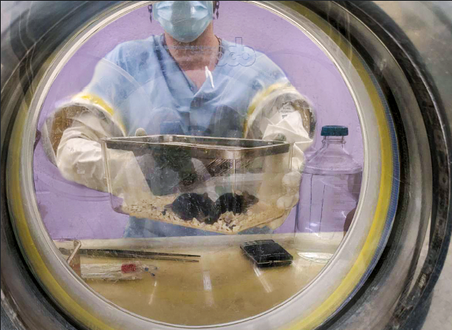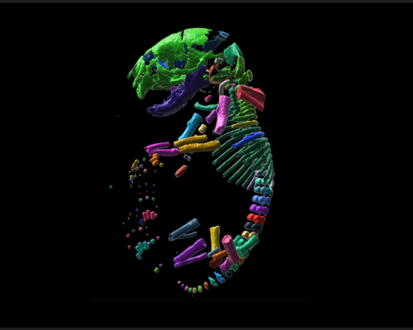The Laboratory Animal Sciences Program is a comprehensive resource for scientists performing animal-based research to better understand cancer, HIV/AIDS, and other infectious diseases. We provide veterinary care, regulatory support, and routine and specialized husbandry services.
Our staff operates National Cancer Institute animal facilities in Bethesda and Frederick and provides high-quality animal care, including veterinary services, pre-operative and post-operative care, the quarantining of imported animals, reestablishing strains after an infection, clinical diagnoses, and molecular animal health monitoring to help investigators work with healthy animals appropriate for their research.
We offer an integrated portfolio of state-of-the-art research animal programs spanning genetically engineered mouse models, gnotobiotics, genome modifications within cells and mice, assisted reproduction and animal husbandry, specimen preservation, pathology and histotechnology, imaging, molecular diagnostics, and regulatory support.
Translating research into cures
The quality animal care we provide helps researchers bridge the gap from test tube or cell line experiments to human trials thereby creating new treatments for cancer, new diagnostic methods, and a better understanding of human disease.
Collaboration Opportunities
Our services are available to National Institutes of Health researchers, who can request our services through NAS and CREX.
For researchers in the extramural community, please reach out to the FNL Partnership Development Office who can arrange for LASP services through a Technical Service Agreement (TSA) or Contract Research and Development Agreement (CRADA). Collaboration with LASP scientist are also possible and welcome.





